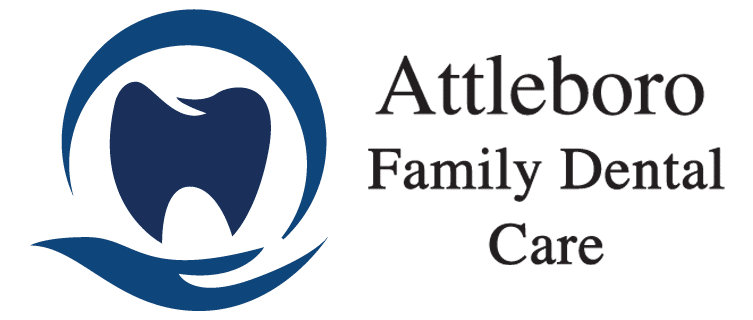Braces are the most common orthodontic treatment. There are both metal and clear bracket options available, but both require special care to keep them and your teeth clean. Braces increase the risk of tooth decay and gum disease by trapping food particles in greater quantities than your teeth are used to without braces.
How do you brush your teeth with braces to ensure you get them effectively clean and protect yourself from dental and oral health problems? Here are some techniques and tools for brushing (and flossing) while under orthodontic treatment.
Brushing with a Standard Toothbrush
When brushing your teeth and braces using a standard toothbrush, the key is in the angle. Tilt your brush at a 45 degree angle so that the bristles reach the gumline and under your archwire. The greatest amount of food and plaque builds up along the gumline, which puts you at a greater risk of developing gum disease.
Brushing with Special Tools
Your dentist will provide you with a kit containing some different types of brushing tools. Brushes with different shaped heads and bristles help you get under your archwire and around your brackets to remove food particles and plaque. You may receive brushes with a round head, triangular, pointed, and varying sizes. These brushes can be purchased in the dental aisle of your pharmacy or grocery store.
Brushing with Orthodontic Toothpaste
There is a special type of orthodontic toothpaste that is designed to cling to plaque and turn it blue so that you can see where you need to brush more effectively. Brush your teeth and braces carefully until you have removed all traces of blue toothpaste so that you know your teeth are clean.
Flossing with Braces
One of the trickiest types of dental care to do with braces is flossing. However, newly developed tools now make it easier:
- Orthodontic flossers. You’ve probably seen and even used the plastic flossers that consist of a short string of floss suspended across a u-shaped tool. There are orthodontic flossers that have a narrower head that is designed to make it easier to floss under your archwire.
- Superfloss. Superfloss has a reinforced end, like a shoestring but thinner, that makes it easy to thread it under your archwire before flossing between each tooth.
- Floss threaders. You can thread regular floss through a floss threader, which looks like a plastic sewing needle with an eye.
Extra Tips for Brushing and Flossing with Braces
The following tips may help you when it comes to brushing and flossing while you have braces on your teeth:
- Avoid using whitening toothpaste or you could end up with uneven coloring on the front of your teeth once your brackets are removed.
- If you consume beverages or foods that are known to stain teeth, brush your teeth after eating or drinking them to reduce the chance of uneven staining.
- Remove orthodontic wax before brushing and flossing to make sure you clean underneath it.
- Mentally divide your mouth into quadrants (upper right, upper left, lower right, lower left) and spend at least 30 seconds on each part.
- Avoid using children’s toothpaste and upgrade to a toothpaste made for adults that contains fluoride.
Why Choose Attleboro Family Dental Care?
Not all dental practices offer orthodontic services, but Attleboro Family Dental Care provides for all of your dental and orthodontic needs under one roof. We offer comprehensive dental services and a range of orthodontic treatments to give you a smile that is as healthy as it looks. We continuously monitor orthodontic development as your child grows so that treatment, if needed, can begin at the right time.
Call 508-222-2510 or contact us today to learn more and schedule an appointment.

